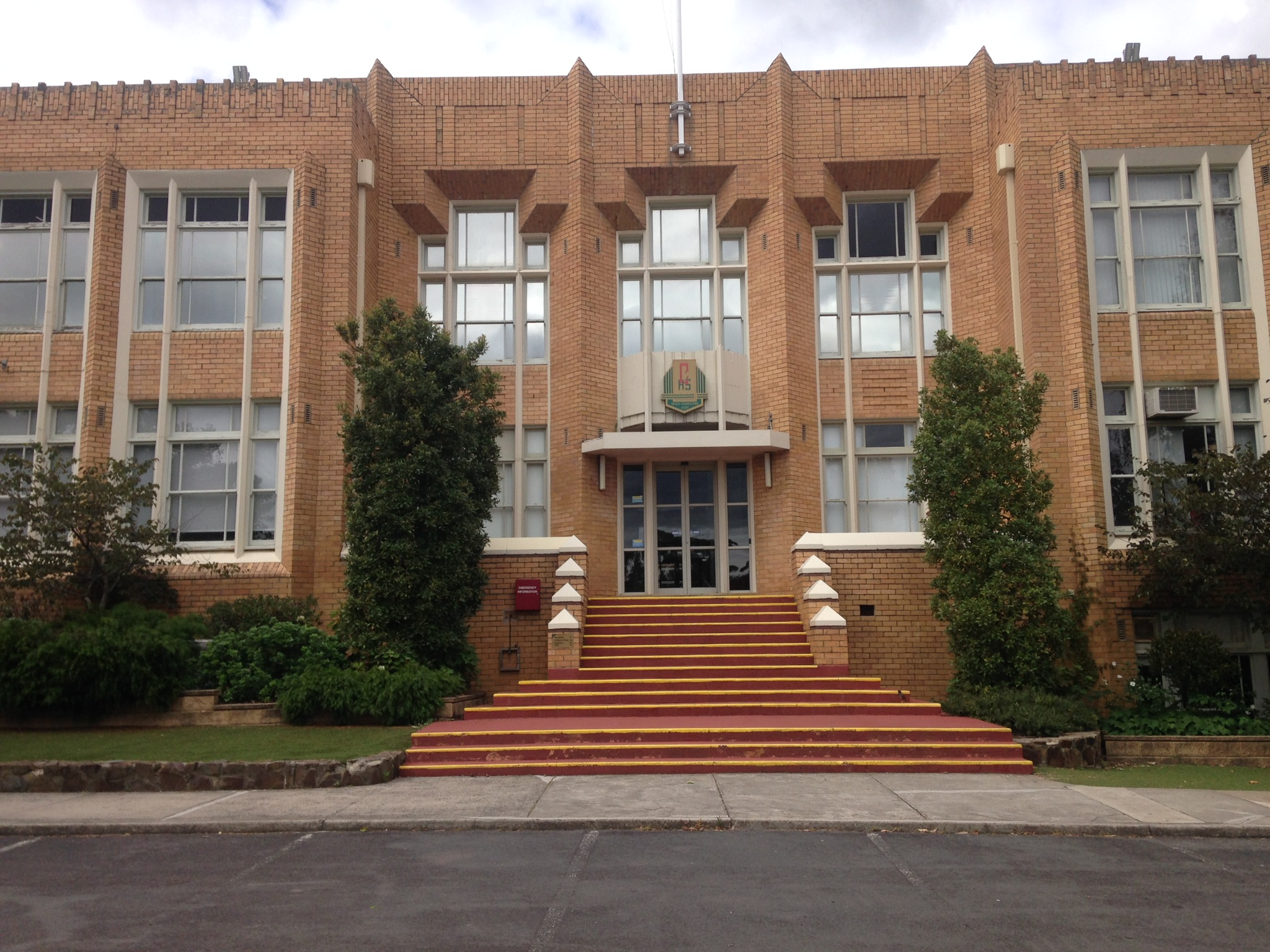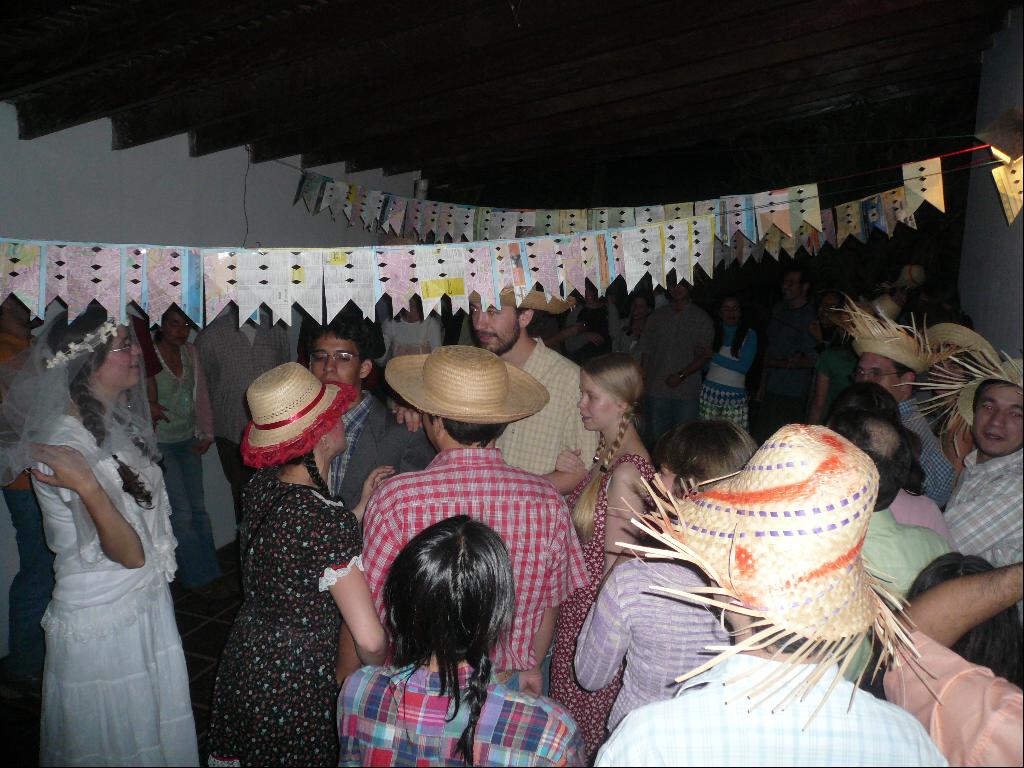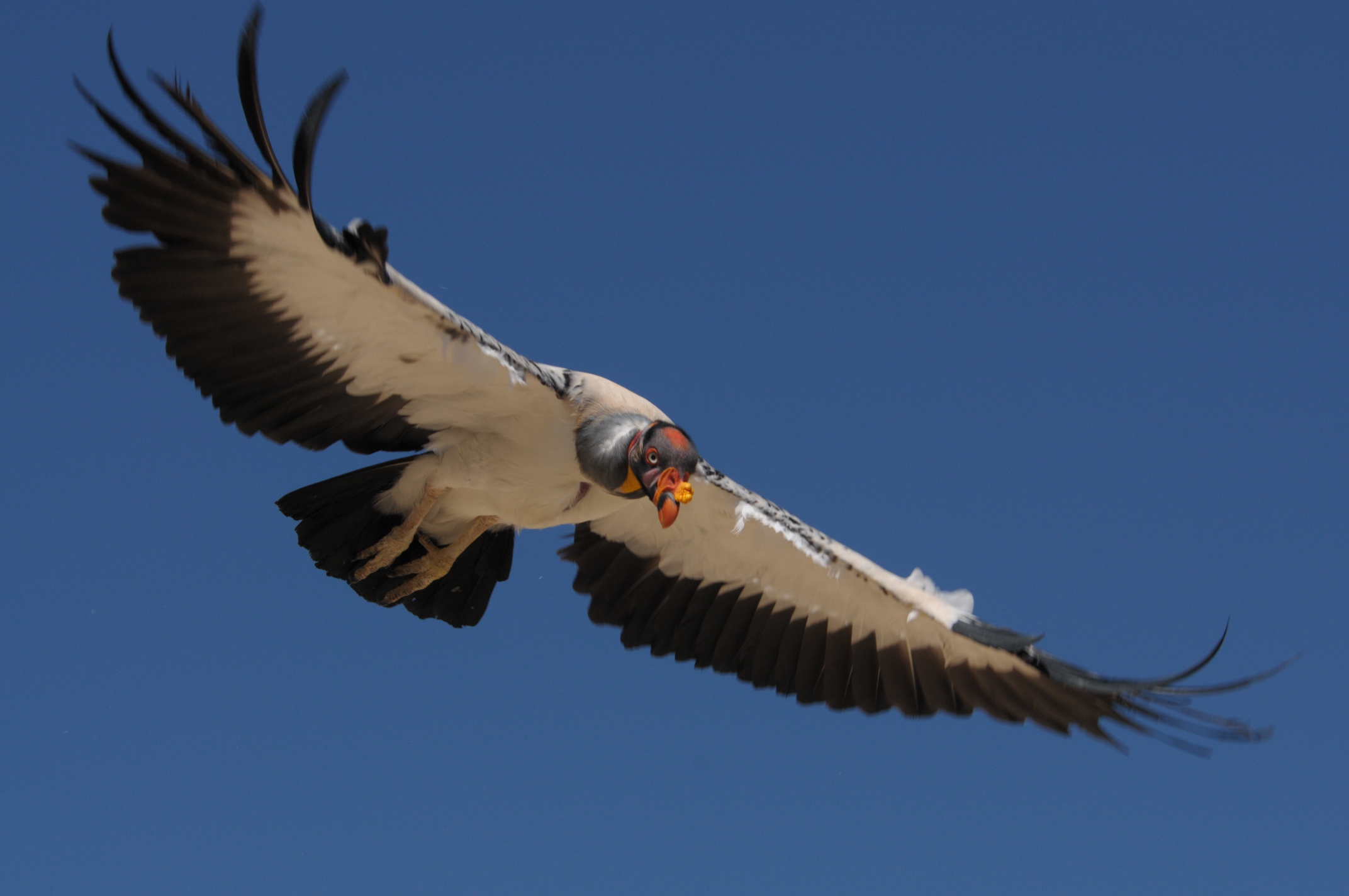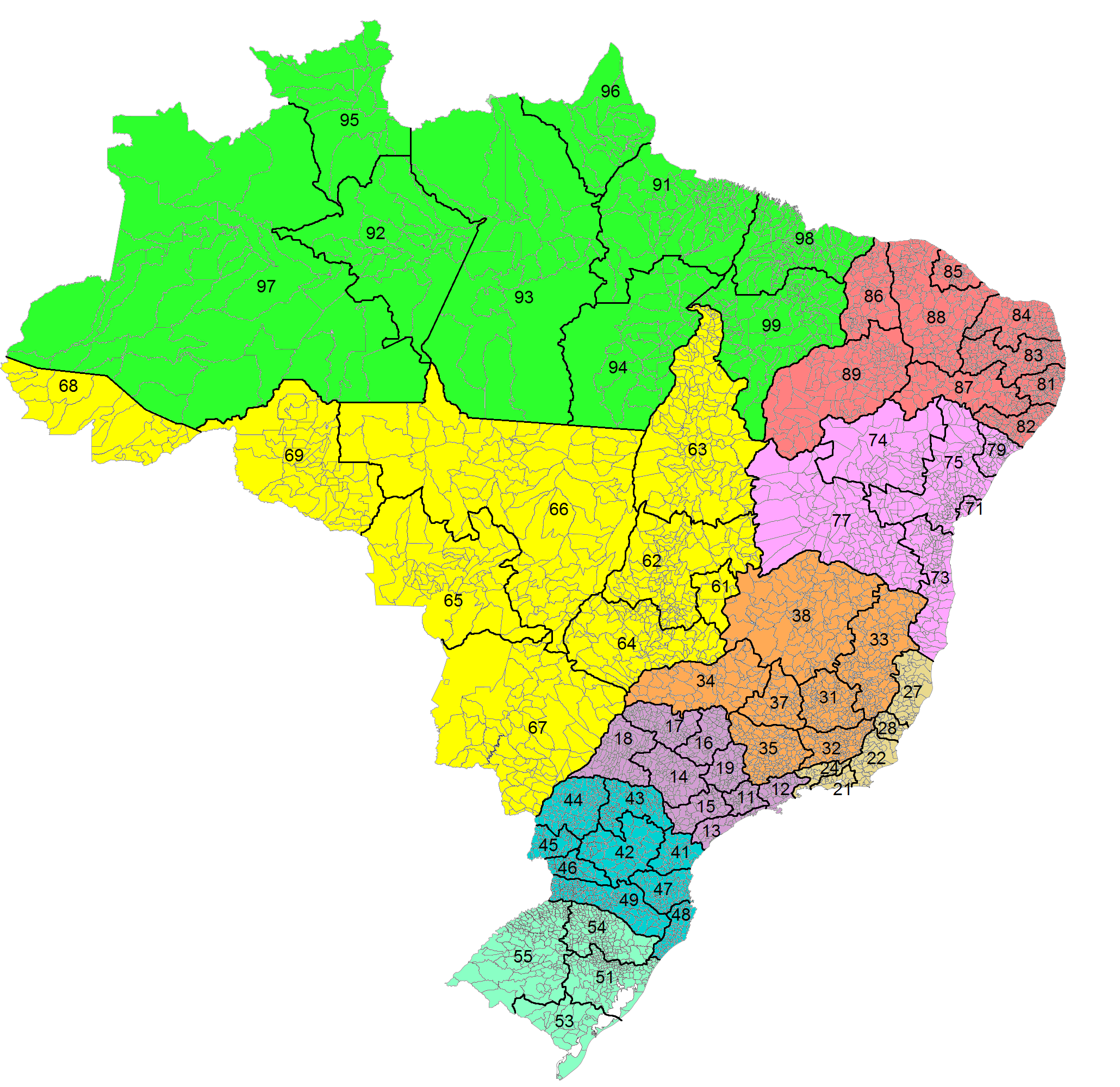|
Codó
Codó is a city in the Maranhão, Brazil. It has an estimated population of 123,116 (2020) and an area of 4,361.344 km2. Therefore, the sixth most populous municipality in the state. It has the largest concentration of religious centers of African origin in Brazil, with 400 terreiros. Geography Codó is situated in the northeastern Brazil, in eastern Maranhão. The city intersects with the BR-316 road and São Luís-Teresina railway, which serves as the main port of distribution of goods, such as fuels, cement and pig iron. despite being located in the state of Maranhão, it is much more connected to the state capital of Teresina due to its proximity of only 169 kilometers. The average land elevation is approximately 47 m above sea level, the predominant climate is tropical. UTC-3 time zone. It is also located in the Maranhão Babaçu Forest region (''região dos cocais''), in the Itapecuru Valley. The Codó watershed is made up of the Itapecuru River, its important affluent ... [...More Info...] [...Related Items...] OR: [Wikipedia] [Google] [Baidu] |
Maranhão
Maranhão () is a state in Brazil. Located in the country's Northeast Region, it has a population of about 7 million and an area of . Clockwise from north, it borders on the Atlantic Ocean for 2,243 km and the states of Piauí, Tocantins and Pará. The people of Maranhão have a distinctive accent inside the common Northeastern Brazilian dialect. Maranhão is described in books such as '' The Land of the Palm Trees'' by Gonçalves Dias and ''Casa de Pensão'' by Aluísio Azevedo. The dunes of Lençóis are an important area of environmental preservation. Also of interest is the state capital of São Luís, designated a Unesco World Heritage Site. Another important conservation area is the Parnaíba River delta, between the states of Maranhão and Piauí, with its lagoons, desert dunes and deserted beaches or islands, such as the Caju island, which shelters rare birds. Geography The northern portion of the state is a heavily forested plain traversed by numerous rivers ... [...More Info...] [...Related Items...] OR: [Wikipedia] [Google] [Baidu] |
Marcos Pimentel
Marcos Valério Viana Mitchell, better known as Marcos Pimentel (Codó, August 26, 1983) is a Brazilian footballer who acts as right back for Altos. Career Began in the ADRC icas and still went by rail and Thirteen before stand out and be hired by Ceará in 2007. In 2008, after a good year for the team Ceará, moved to Grêmio Prudente. Once again highlighted, was hired by Vitória for the 2010 season. In red-black Bahia, ended up being much criticized, and upon receiving a proposal from Ceará, was released by the club. Career statistics :''(Correct )'' Honours ;Vitória * Campeonato Baiano: 2010 ;Altos * Campeonato Piauiense: 2017 * Campeonato Piauiense Série B: 2015 See also * Football in Brazil *List of football clubs in Brazil This is a list of football clubs located in Brazil. The list is sorted alphabetically by state and includes both active and inactive clubs. These football clubs are all associated with the Brazilian Football Confederation. As with m ... [...More Info...] [...Related Items...] OR: [Wikipedia] [Google] [Baidu] |
Universidade Estadual Do Maranhão
Universidade Estadual do Maranhão (UEMA, English: ''State University of Maranhão'') is a public state university in the state of Maranhão, Brazil. It was founded on March 25, 1987, and is based in São Luís. In addition to the Universidade Federal do Maranhão (UFMA), it was the second university in the state. In September 2016, part of it was dismembered for creation of a third, the newly founded Universidade Estadual da Região Tocantina do Maranhão (UEMASUL). With more than 20 thousand students, the institution has 22 campuses and 25 university centers. In the university ranking, it ranks 157th in Brazil. The university rector is Gustavo Pereira da Costa. History UEMA had its origin in the Federation of Higher Schools of Maranhão (''Federação das Escolas Superiores do Maranhão'' – FESM), created by Law 3,260, of August 22, 1972, to coordinate and integrate students from Maranhão higher education system. FESM, initially, was created by four higher education u ... [...More Info...] [...Related Items...] OR: [Wikipedia] [Google] [Baidu] |
Human Development Index
The Human Development Index (HDI) is a statistic composite index of life expectancy, Education Index, education (mean years of schooling completed and expected years of schooling upon entering the Educational system, education system), and per capita income indicators, which is used to rank countries into four tiers of Human development (humanity), human development. A country scores a higher level of HDI when the life expectancy at birth, lifespan is higher, the education level is higher, and the gross national income GNI (PPP) per capita is higher. It was developed by Pakistani economist Mahbub ul Haq and was further used to measure a country's development by the United Nations Development Programme (UNDP)'s Human Development Report Office. The 2010 Human Development Report introduced an List of countries by inequality-adjusted HDI, Inequality-adjusted Human Development Index (IHDI). While the simple HDI remains useful, it stated that "the IHDI is the actual level of ... [...More Info...] [...Related Items...] OR: [Wikipedia] [Google] [Baidu] |
Federal University Of Maranhão
The Federal University of Maranhão ( pt, Universidade Federal do Maranhão, UFMA) is a federal university in the northeastern state of Maranhão, Brazil. External links * Maranhao Universities and colleges in Maranhão 1966 establishments in Brazil Educational institutions established in 1966 São Luís, Maranhão {{Brazil-university-stub ... [...More Info...] [...Related Items...] OR: [Wikipedia] [Google] [Baidu] |
Secondary School
A secondary school describes an institution that provides secondary education and also usually includes the building where this takes place. Some secondary schools provide both '' lower secondary education'' (ages 11 to 14) and ''upper secondary education'' (ages 14 to 18), i.e., both levels 2 and 3 of the ISCED scale, but these can also be provided in separate schools. In the US, the secondary education system has separate middle schools and high schools. In the UK, most state schools and privately-funded schools accommodate pupils between the ages of 11–16 or 11–18; some UK private schools, i.e. public schools, admit pupils between the ages of 13 and 18. Secondary schools follow on from primary schools and prepare for vocational or tertiary education. Attendance is usually compulsory for students until age 16. The organisations, buildings, and terminology are more or less unique in each country. Levels of education In the ISCED 2011 education scale levels 2 and ... [...More Info...] [...Related Items...] OR: [Wikipedia] [Google] [Baidu] |
Festa Junina
''Festas Juninas'' (, ''June Festivals'', "festivities that occur in the month of June"), also known as ''festas de São João'' for their part in celebrating the nativity of St. John the Baptist (June 24), are the annual Brazilian celebrations adapted from European Midsummer that take place in the southern midwinter. These festivities, which were introduced by the Portuguese during the colonial period (1500–1822), are celebrated during the month of June nationwide. The festival is mainly celebrated on the eves of the Catholic solemnities of Saint Anthony, Saint John the Baptist, and Saint Peter. Since Northeastern Brazil is largely arid or semi-arid, these festivals not only coincide with the end of the rainy seasons of most states in the northeast, but they also provide people with an opportunity to give thanks to Saint John for the rain. They also celebrate rural life and feature typical clothing, food, and dance (particularly quadrilha, which is similar to squar ... [...More Info...] [...Related Items...] OR: [Wikipedia] [Google] [Baidu] |
São Luís, Maranhão
São Luís (, ''Saint Louis'') is the capital and largest city of the Brazilian state of Maranhão. The city is located on Upaon-açu Island (Big Island, in Tupi Language) or Ilha de São Luís (''Saint Louis' Island''), in the Baía de São Marcos (''Saint Mark's Bay''), an extension of the Atlantic Ocean which forms the estuary of Pindaré, Mearim, Itapecuru and other rivers. Its coordinates are 2.53° south, 44.30° west. São Luís has the second largest maritime extension within Brazilian states. Its maritime extension is 640 km (397 miles). The city proper has a population of some 1,108,975 people (2020 IBGE estimate). The metropolitan area totals 1,605,305, ranked as the 15th largest in Brazil. São Luís, created originally as ''Saint-Louis-de-Maragnan'', is the only Brazilian state capital founded by France (see France Équinoxiale) and it is one of the three Brazilian state capitals located on islands (the others are Vitória and Florianópolis). The hist ... [...More Info...] [...Related Items...] OR: [Wikipedia] [Google] [Baidu] |
Teresina
Teresina is the capital and most populous municipality in the Brazilian state of Piauí. Being located in north-central Piauí 366 km from the coast, it is the only capital in the Brazilian Northeast that is not located on the shores of the Atlantic Ocean. With 871,126 inhabitants, Teresina is the 21st largest city in Brazil, and the 15th largest state capital in the country. Together with Timon in the nearby state of Maranhão, it forms a conurbation with a population of about 978,734 inhabitants; the entire metropolitan region of Teresina has over 1,226,509 inhabitants. The only natural barrier that separates Teresina from Timon is the Parnaíba river, one of the largest in the Northeast. Teresina is the capital with the first best quality of life in the North-Northeast according to FIRJAN and the 4th in Brazil. It is among the 50 cities in the world with the highest murder rates, with 315 homicides in 2017. Its motto is the Latin phrase ''Omnia in Charitatis'', which m ... [...More Info...] [...Related Items...] OR: [Wikipedia] [Google] [Baidu] |
Maranhão Babaçu Forests
The Maranhão Babaçu forests is a tropical moist broadleaf forest ecoregion of north-central Brazil. The forests form a transition between the equatorial forests of the Amazon biome to the west and the drier savannas and xeric shrublands to the south and east. Setting The Maranhão Babaçu forests cover an area of , extending across northeastern and central Maranhão state and northern Piauí state. The ecoregion is bounded by the Maranhão mangroves and the Northeastern Brazil restingas along the coast to the north, the Tocantins–Araguaia–Maranhão moist forests of Amazonia across the Pindaré River to the northwest and west, the Cerrado tropical savanna to the south, and the Caatingas Caatinga (, ) is a type of semi-arid tropical vegetation, and an ecoregion characterized by this vegetation in interior northeastern Brazil. The name "Caatinga" is a Tupi word meaning "white forest" or "white vegetation" (''caa'' = forest, veg ... xeric shrublands to the east. Flo ... [...More Info...] [...Related Items...] OR: [Wikipedia] [Google] [Baidu] |
Brazil
Brazil ( pt, Brasil; ), officially the Federative Republic of Brazil (Portuguese: ), is the largest country in both South America and Latin America. At and with over 217 million people, Brazil is the world's fifth-largest country by area and the seventh most populous. Its capital is Brasília, and its most populous city is São Paulo. The federation is composed of the union of the 26 states and the Federal District. It is the largest country to have Portuguese as an official language and the only one in the Americas; one of the most multicultural and ethnically diverse nations, due to over a century of mass immigration from around the world; and the most populous Roman Catholic-majority country. Bounded by the Atlantic Ocean on the east, Brazil has a coastline of . It borders all other countries and territories in South America except Ecuador and Chile and covers roughly half of the continent's land area. Its Amazon basin includes a vast tropical forest, ho ... [...More Info...] [...Related Items...] OR: [Wikipedia] [Google] [Baidu] |
List Of Dialling Codes In Brazil
Country Code: +55 International Call Prefix: 00 then Carrier Code Trunk Prefix: 0 then Carrier Code This article contains a list of area codes in Brazil for telephone dialing. The area codes are distributed geographically, citing the main cities in each area. Local phone numbers in Brazil observe an eight-digit pattern (''nnnn-nnnn'') for landlines and nine digits (''nnnnn-nnnn'') for mobile phones. Mobile numbers share the same geographic area codes as landlines, but the first digit differentiates them. Landline numbers start with digits ''2'' through ''5''. Initial digits ''6'' through ''9'' are reserved for mobile numbers, but as of 2017 all mobile numbers in Brazil start with the digit ''9''. (There is an exception for some iDEN mobile lines operated by Nextel, which are eight digits long and start with ''7'' and disestablished in 2018.) Area codes have two digits, and are often notated between parentheses: ''(aa) nnnn-nnnn''. For long-distance calls within Brazil, a z ... [...More Info...] [...Related Items...] OR: [Wikipedia] [Google] [Baidu] |

.jpg)





